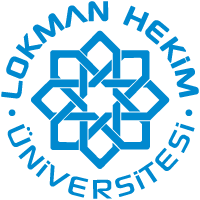Assessment of In Vitro Antigenotoxic Effect of Nigella Sativa Oil
Özet
Objectives: Cyclophosphamide (CP) is an alkylating agent widely used as
an antineoplastic and immunosuppressive agent. The genotoxicity of CP
has been studied in a variety of in vivo and in vitro systems and is
routinely used as a positive control in genotoxicity tests. Traditional
medicine Nigella sativa L., (N. sativa), Ranunculaceae family,
especially in the Eastern Mediterranean countries, especially in many
countries, and is widely used in many countries as a spice and folk
medicine since the time of Dioscorides used as a plant. In this study,
it was aimed to show the protective effects of N. sativa oil at
different concentrations against the genotoxic effects of CP by
micronucleus test.
Materials and Methods: For this purpose, healthy cells were treated in
vitro with N. sativa oil at concentrations of 1, 5, 10 mu g/mL and CP as
positive control for 68 hours. The micronuclei were then counted.
Results: No significant increase in micronucleus frequency was observed
when the application of N. sativa oil at concentrations of 1, 5. 10 mu
g/mL compared with the negative control. There was a decrease in the
number of micronucleus in all three concentrations (1, 5, 10 mu g/mL)
compared to the CP group in the groups treated with N. sativa oil and
CP.
Conclusion: It has been shown that N. sativa oil may have protective
effects against genotoxicity agents in vitro. But more work is needed to
understand the mechanism of the genotoxicity effects of N. sativa oil.

DSpace@LokmanHekim by Lokman Hekim University Institutional Repository is licensed under a Creative Commons Attribution-NonCommercial-NoDerivs 4.0 Unported License..













